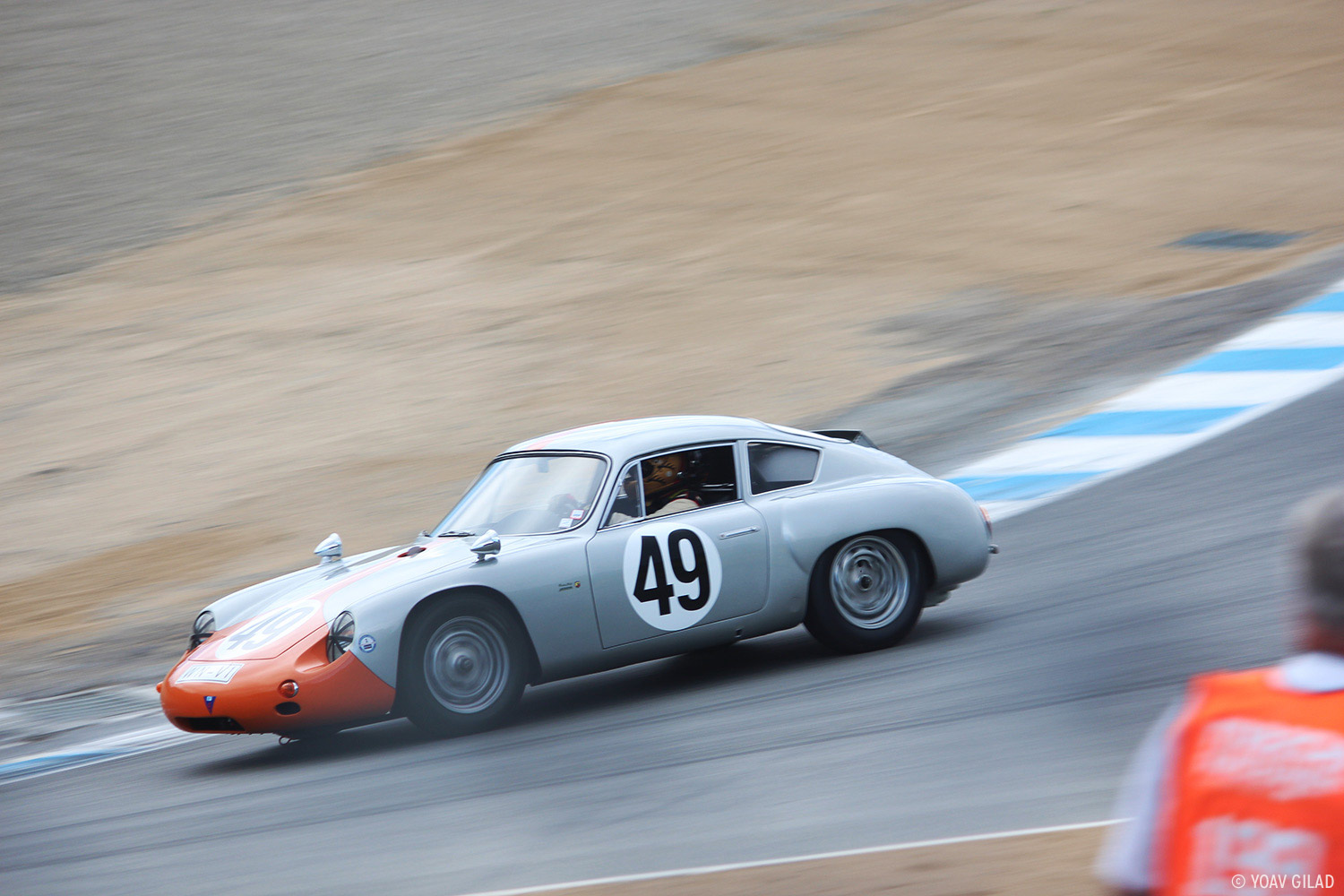






A Colorful History of Racing Hues: Deutsche Weiss und Silber (3 of 4)
We’re taking a look at the history of racing colors over the next couple of weeks. (Click here to read the overview and click here to read about British Racing Green origins.)
The vagaries of time have swallowed up many stories from our collective pasts and the meandering tale of Germany’s racing color is just such a lost legend. Completely unique amongst the ranks of nations, Germany is the only country to have two international racing colors it’s racers can choose from. It is the story to which we now turn in our exploration of national racing colors.
When the racing colors for the every country were first decided with the advent of the Gordon Bennett Cup, Germany was among the first four to be assigned. White was their chosen hue and so it remained for 32 years of racing and victories. Then something happened that is disputed and today verges on legend.


Shortly before WWII’s outbreak, Germany was Europe’s racing colossus as their industrial might had fully recovered from the wounds suffered in the first War To End All Wars. BMW, Mercedes and Auto Union, the precursor to the modern iteration of Audi, were all top-tier competitors in races far and wide including motorcycle TTs, hill climbs, and road races. All this, yet a Grand Prix victory eluded them, with the Italian marques of Maserati and Alfa Romeo dominating the international competition.
A rules change in Grand Prix racing for 1934 created an opportunity for other nations to break this stranglehold however and Mercedes and Auto Union jumped in with enthusiasm. A new maximum weight limit was introduced at 750kg and both companies went about constructing new machines from the ground up. So the story goes that when the sleek and streamlined Mercedes machine was finally completed and weighed prior to the race at the Nurburgring, it was a scant 1 kilogram overweight. One measly kilogram!
As relayed in his 1958 memoirs, Mr. Alfred Neubauer, Mercedes’ racing program principal, hit upon the idea of scraping away the white paint and further removing the filler underneath that smoothed out the overlapping seams of the aluminum. Thus was exposed the bright and elegantly mechanical look of bare metalwork, with a simple and iconic racing number affixed to either side. These beautifully efficient and focused racers would quickly acquire the moniker of “Silver Arrows” and went on to utterly dominate whatever contest they were entered in. Germany quickly changed their national racing color to silver in keeping with their new dominance, and the rest is history.
Or is it?
The Silver Arrow Mercedes and Auto Unions are cars of legend, but it is still unclear today how they truly came to be. While Mercedes driver Manfred von Brauchitsch confirmed the tale of the one-kilogram paint removal in his biography as well, doubts remain as to the veracity of this story. For starters, no contemporary accounts of the car being paint-stripped have been found and both men who claim it happened only relayed the story decades later. Furthermore, it has come to light that there was a race prior to the Nurburgring race that neither German marques were able to race in due to mechanical failure. Surely the excess weight of the car would have been discovered then. Most damning is the fact that because so few racers were in compliance to the new Grand Prix rules, that the Nurburgring race in question was run with “open” rules thus making any weight limits null and void.


Lastly, there exists proof that two years prior to those 1934 Grand Prix races, a bare aluminum Mercedes entered into a race and referred to as a “silvery arrow” during the radio race coverage. What that Mercedes was doing without paint is a mystery lost to time and men. Now, however, the origin of both the Silver Arrow moniker and Germany’s silver racing color are twisted tales indeed.
I can’t tell you which to believe: the men who were there or the facts as laid out by history. But I can say that I choose to believe the emergency paint removal story. It is just too damn good a story and the world is a brighter place for it. Racing history is filled with such tales of quick, inspired improvisation and this story ranks along with the best.
One way or another, Germany officially switched from white to silver as their national racing color, yet managed to hold onto both somehow. BMW continues the tradition of using white on all their DTM and touring race cars, while Mercedes and Audi have continued to play upon their Silver Arrow history for their respective F1 and endurance racing teams. Germany remains the only nation to have two official racing colors and however it occurred they continue to rack up impressive wins in either one of the schemes.



Photography by Andrew Schneider and Yoav Gilad for Petrolicious and vintage images via usautoparts.net and sharonov.tumblr.com






